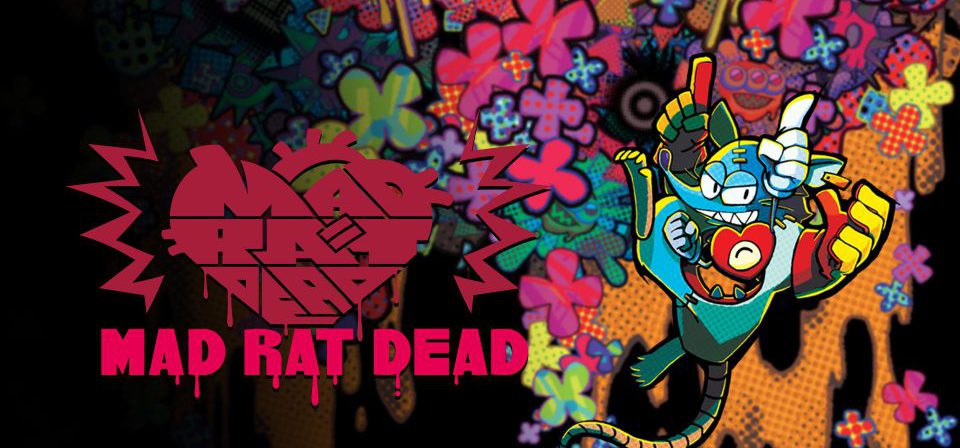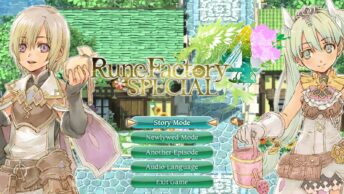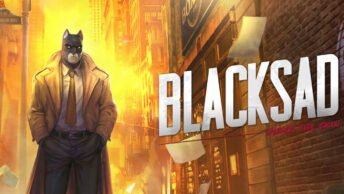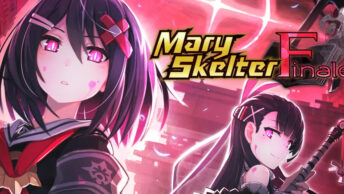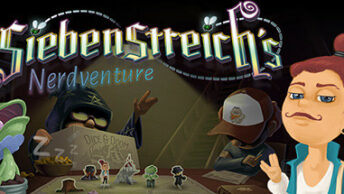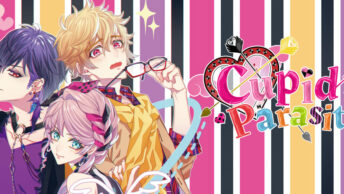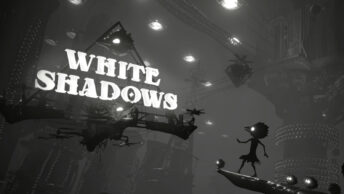Rad Rat Mad
Type: Singleplayer
Genre: Action, Platformer, Rhythm
Developer: Nippon Ichi Software
Publisher: Nippon Ichi Software,
NIS America
Release date: October 30, 2020

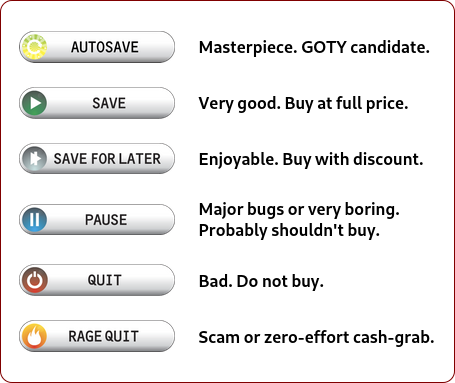
Mad Rat Dead is an interesting experiment by Nippon Ichi Software. It combines the platformer and rhythm genre together on top of a wacky setting. It also has vibrant aesthetics and great music, just the way I like it! By all rights, this should be an instant classic for me. But in reality? I do like it but the execution is a bit off the mark.
Story
The spotlight of the game is centered on an initially unnamed lab rat. He was just a normal rat, like any other, until he was met with vivisection by a human scientist. In the afterlife(?), he was woken up by Rat God who took pity on him. She gave him back his life for a chance for the poor rat to fulfill any lingering desires and hopefully find peace but there’s a caveat: He can only relive his final day.
With a literal God-given heart that can rewind time, he reveals that he wants to get revenge on the human that killed him. A mad goal for a small rat that would eventually earn him the name Mad Rat. Mad Rat then sets out to find peace for his final moments via bloody murder.
Mat Rat would soon find out that his heart is somehow powered by music and that’s how the rhythm part is introduced in Mad Rat Dead.

Visual and Music
The aesthetic of Mad Rat Dead is great. It has that pop-art cartoony looks to it that “pops” out. It’s very cutesy but also doesn’t afraid to tread into nightmare fuel territory for a good juxtaposition. The music is great as well. I want to says it’s an instrumental mix of pop, techno, and jazz. I was never good at describing music via words so do check out the music of Mad Rat Dead by yourself here and see if it appeals to you.

Gameplay
Although a completely different game from the ever-excellent Crypt of the NecroDancer, the core of the rhythm aspect of Mad Rat Dead has an uncanny similarity to it. All actions of Mad Rat can only be successfully performed when any buttons are pressed in-sync with the beat of the music. This is denoted in the same manner as Crypt of the NecroDancer with a “beat indicator.”
Mad Rat Dead utilizes all of the face buttons on the right Joycon. Each button pressed corresponds to a specific action: dash, jump, fast fall, and enhance. Dash and jump are fairly self-explanatory except that the dash has a fixed distance. Homing dash is also performable if the jump button is pressed multiple times when certain enemies are nearby. Fast fall makes you immediately accelerate downward while enhance can make Mad Rat jump or dash further.
These buttons can be pressed in whatever sequence you wish in any situation. It’s a freestyle kind of rhythm game. The only “constraint” is you have to respond accordingly to the 2d platforming situations. Surely, you don’t want to dash or fast fall straight into pitfall for instant death. This is still a platforming game through and through it’s just that you have to press buttons in tune with the rhythm. Each button pressed in sequence to the beat will build up a combo that will give you a better score. Die and it starts over.

“Checkpoint”
Speaking of dying, here’s a peculiar decision. When you die, you don’t start from a checkpoint or start over or anything like that. Oh no. When you die, you have to rewind time back to when you were still alive. The way it not that different from how Save State in emulator works. The game autosaves all your actions for maybe the past 20 seconds at fixed intervals. You reload one of those slots and get back to playing the game.
This probably sounds fine on paper but the execution feels…ill-conceived. You can get a situation where you are not sure if the states you are rewinding back to is safe. I got into several situations that I thought was safe only to die and back to time rewind screen again in mere moments. Yes, you can just simply go back way further in time but why would you penalize yourself by placing yourself way earlier when the time penalty is the same. Rewind too often, and you won’t have enough time to get to the end of the level. This is especially true when you die from 1 hit and that it’s hard to eyeball your dash and jump distance. I much prefer a normal checkpoint system over this.

Flaws
Another decision that I’m not a of is that sometimes the beat of the music and, consequently, the button press timing alters. It’s the worst feeling when you know you have been keeping up high combo counters but then the rhythm abruptly changes for a brief period and die because the intervals that you have been pressing to all this time suddenly becomes off-beat. I am uncertain if you are supposed to look at it at all times when your eyes are supposed to focus on Mad Rat and keep him alive. Perhaps with your peripheral vision? I might be able to do that on a normal rhythm game but when it has platforming aspects with 1-hit death?
Lastly, I would like to say that there’s a problem with level design or at a conception level to some degree. This becomes more apparent in later levels. Think about it. You have to get a high combo count, fast time, avoid deaths/obstacles but you can only perform actions when they are pressed at fixed intervals. Here’s the problem: what are you supposed to do if obstacles/enemies are coming at you at a timing when it’s off-beat? How are you supposed to react to that?
Remember that actions will not occur if the timing is off. This means that in situations that would be life or death in other games, it can be death or death here. It’s irrelevant whether or not you have the necessary reflex. Stack this on top of a 1-hit death and time rewind mechanic, you just die. You could be stuck in a death loop of your own creation if you are unable to gauge the distance and traveling speed of nearby enemies relative to the beat of the current music. I can do platforming. I can do a rhythm game. Perhaps I can even juggle both at the same time but not when it’s designed like this.
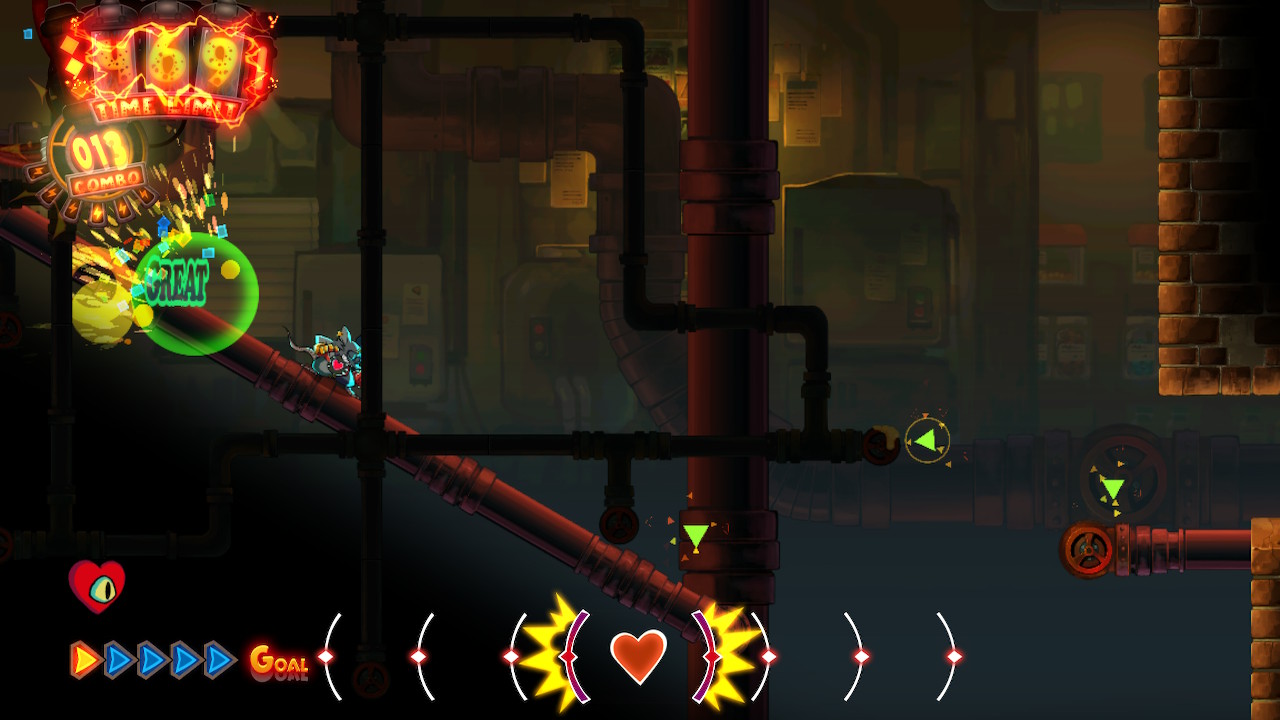
Rating:

Despite its glaring flaws, Mad Rat Dead is unique enough to worth checking out. I prefaced that this game is interesting and it is. The problem is it doesn’t go beyond that experimental stage for a more refined final product save for the two major aspects: visual and music. You might get frustrated with the other parts but its visual and music might just be strong enough to carry the game through. I know I am going to revisit this game just for them.


